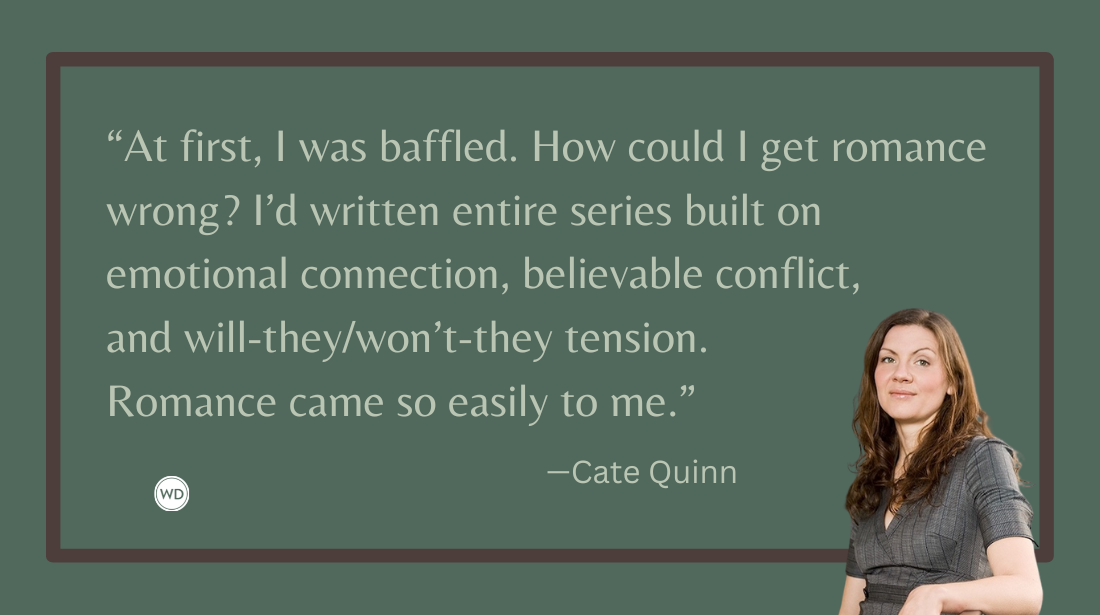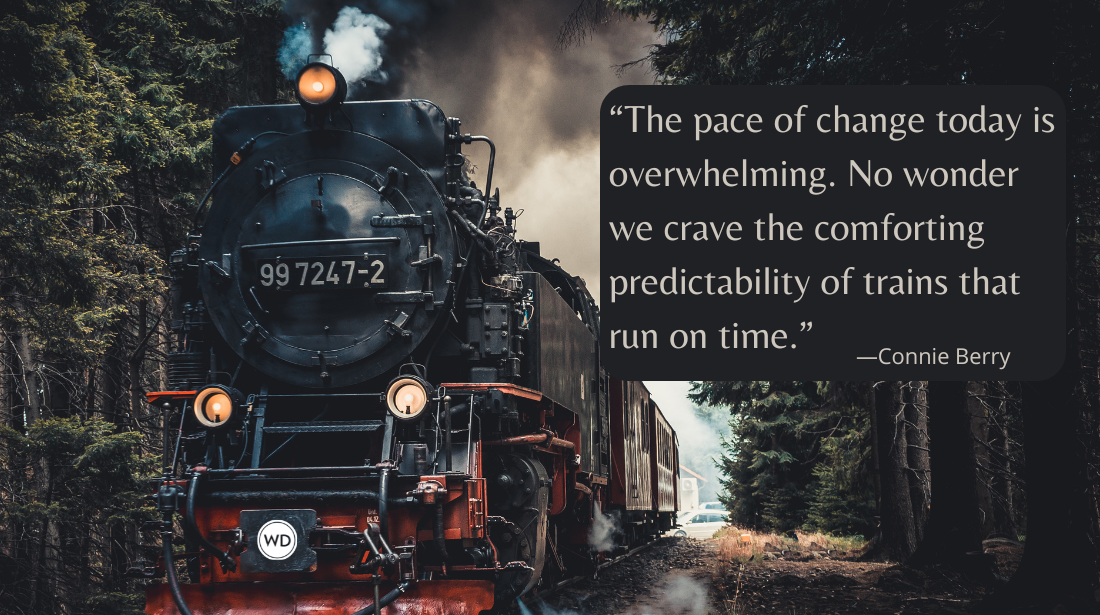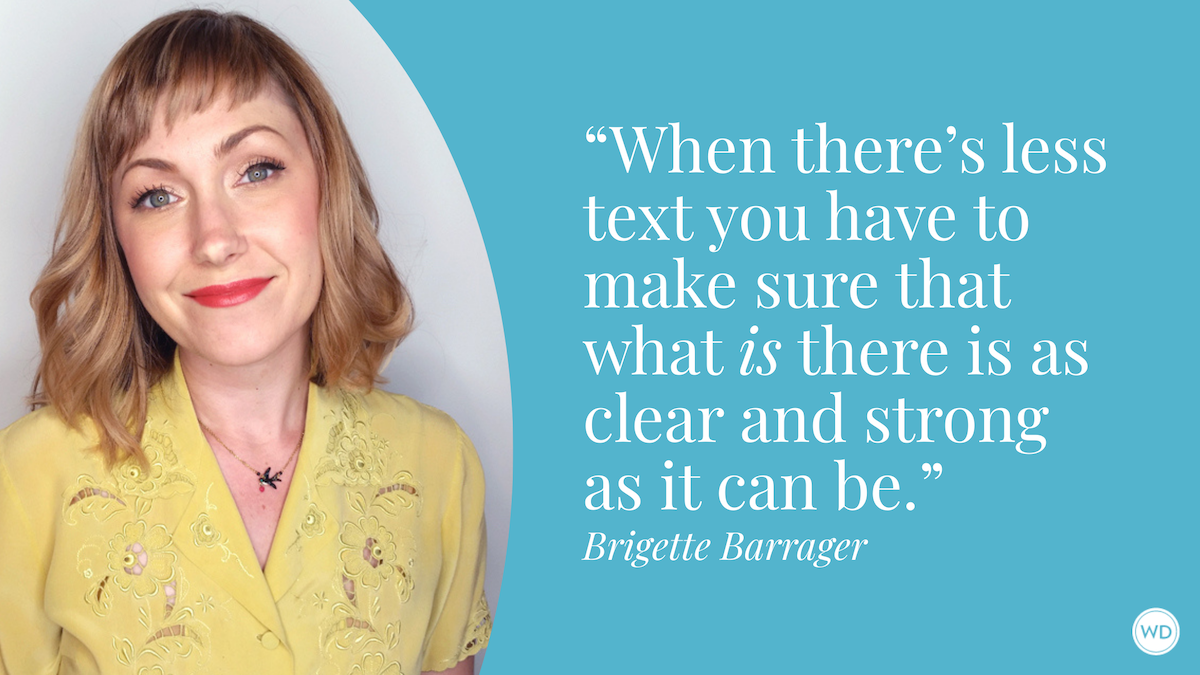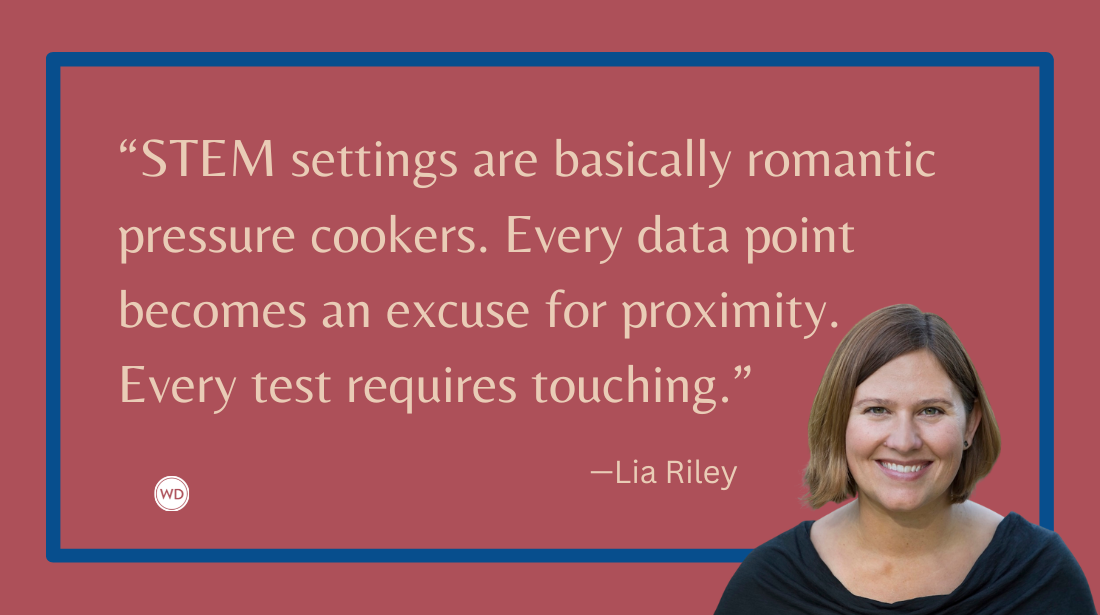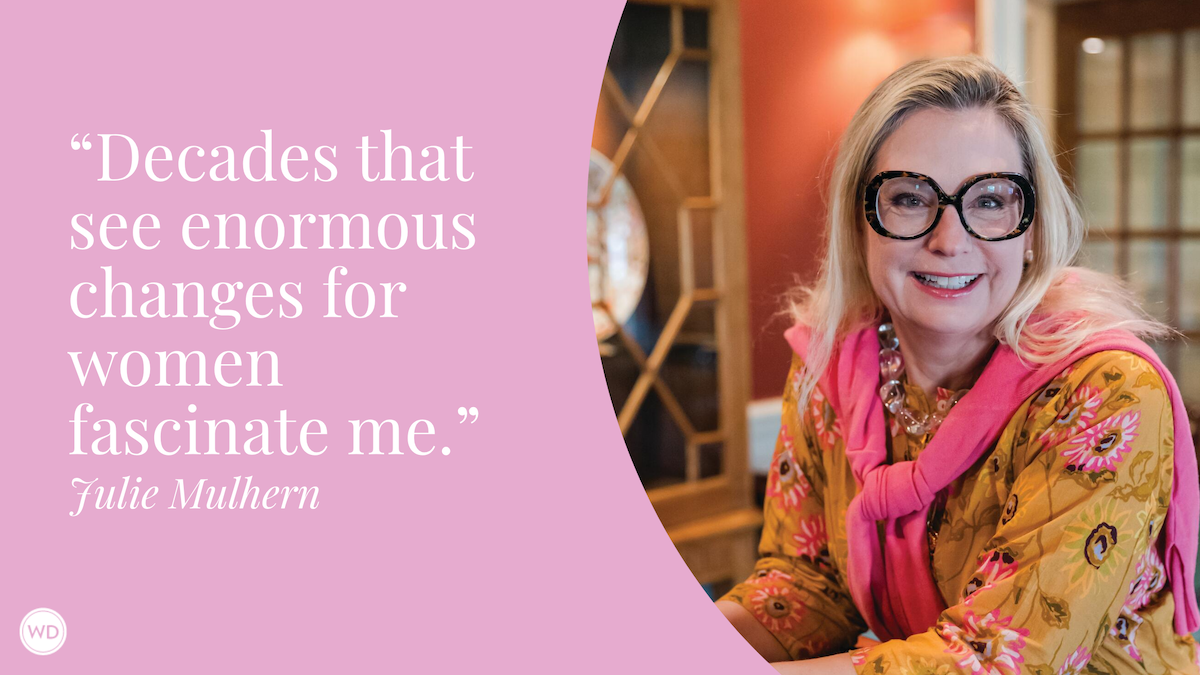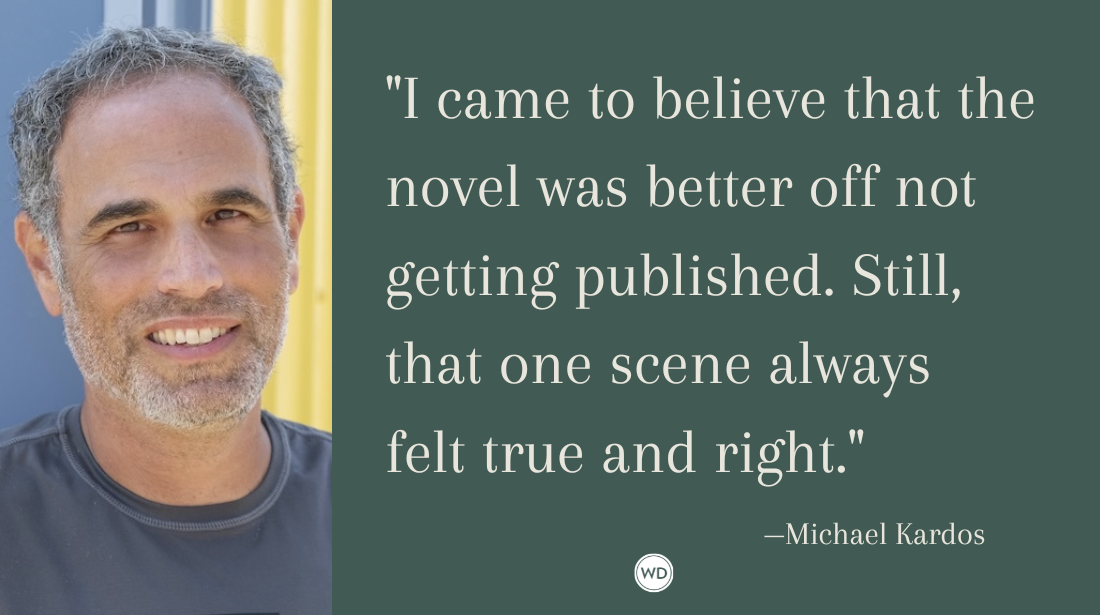How to Have Fun With Tropes in Fiction
Author Catriona Silvey shares how to have fun with tropes in fiction by looking at five tropes she played with in her recent novel.
Tropes get a bad rap. Books get criticized as “tropey,” or dismissed as being “three tropes in a trench coat.” Like any element of fiction, tropes can fall flat if overused or used poorly. But tropes become tropes for a reason: They are elements of premise, plot, character, or setting that have an enduring appeal to readers because, quite simply, they’re fun.
My book Love and Other Paradoxes is a time-travel romantic comedy, a mix of genres that provided the perfect opportunity to use beloved tropes in an intentional way. The protagonist, Joe, dreams of becoming a famous poet. When Esi, a time traveler from the future, accidentally lets slip to him that his dream is going to come true, the revelation threatens to derail both Joe’s destiny and Esi’s mission to fix her own past. When writing, I leaned in to tropes that were a natural fit for the book’s premise, while keeping them fresh by providing a twist on what readers might have seen before.
Time Travel
Time travel is the science fiction trope with the most mainstream appeal: see, for example, the huge success of The Time Traveler’s Wife, or the more recent hit The Ministry of Time. The attraction is obvious—who wouldn’t want to visit a seemingly unrecoverable past, or get a sneak preview of the future? Different kinds of time travel stories also allow the author to examine different themes. If the past can’t be changed, what does that mean for our ideas of free will? If it can, what happens to our sense of self when our history gets rewritten?
In Love and Other Paradoxes, the question of what kind of time travel story they’re in becomes a subject of debate between Joe and Esi, and a driving force of the plot. Joe thinks they’re in a stable time loop, where the future will happen no matter what. Esi thinks they’re in a rewritable timeline, where she can make a change in the past and return to a different future. The stakes of who is right ratchet up over the course of the book, combining real implications for the characters with metatextual fun for the time-travel-savvy reader.
Plot-Triggering Book
Joe finds out he’s going to become a famous poet when Esi accidentally drops a published book of his future poetry. The book then becomes the catalyst for several key moments in the plot: When Esi tries to get it back, fearing that if Joe reads it, he’ll send the future chaotically off course; when Joe submits a poem from the book to a competition, borrowing from his future to enrich his present.
From The Neverending Story to House of Leaves, the plot-triggering book has a time-honored history across genres. It’s a trope calculated to appeal to readers: A protagonist who’s glued to a book is automatically relatable. In Love and Other Paradoxes, Joe’s attitude to the book throughout the novel—whether he carries it around in his pocket, or shoves it in the bottom of a drawer—also serves the additional function of mirroring his changing attitude to his future self.
Forbidden Love
Since long before Romeo and Juliet, we’ve been telling stories of people who fall in love but can’t be together. The twist on the trope in Love and Other Paradoxes is that for Joe and Esi, the reasons are more metaphysical than social: They both think he’s destined for Diana, the muse who will inspire his famous poetry. If Joe and Esi got together instead, it would put both of their long-dreamed-of futures in jeopardy.
The joy of the forbidden love trope is that you can write two people who are perfect for each other, with all the flirting, banter, and warmth that entails, but maintain a bittersweet tension, since they know they can’t act on their feelings. And when those feelings become too strong to resist, the stakes of the characters giving in are deliciously high. It’s a built-in way to add intensity to a romance—no wonder it’s been one of the most perennially popular tropes in the genre.
Matchmaker Crush
After his knowledge of the future derails his relationship with Diana, Joe enlists Esi as his dating coach to help him win back his future love. What follows is a classic case of the Matchmaker Crush trope, where two people who are ostensibly working to fix one of them up with a third party instead start to fall for each other.
The scope for fun with this trope is huge. Makeovers, and the attending none-too-subtle hints at attraction; poking fun at the protagonist’s lack of romantic game; the ratcheting tension, as two people who are starting to become aware of their feelings for each other continue to maintain the charade that one of them is destined for someone else. As with many tropes, the key appeal of this one is that the reader knows where it’s going long before the characters do, leading to the potential for delicious dramatic irony.
Love Triangle
It’s in the nature of a Matchmaker Crush that it tends to lead to a love triangle. As Esi is falling for Joe, he is falling for her too, and he finds himself torn between her and Diana.
A well-written love triangle is never just about being torn between two people; it’s about the protagonist being torn between two versions of themselves. A paradigm example is in The Hunger Games. While tough, militant Gale initially seems like a more natural match for Katniss, Peeta’s gentleness and persuasive powers make him a better fit for who she aspires to be.
In choosing between Diana and Esi, Joe is also deciding between two futures: a glorious, pre-defined future featuring a self he’s not even sure he wants to be any more, and a nebulous, open future, growing out of what he and Esi have learned about who they are in the present. Which one he chooses defines not just the romantic resolution, but also what the novel is trying to say about love, destiny, and how our ideas about the future can affect our present.
Check out Catriona Silvey's Love and Other Paradoxes here:
(WD uses affiliate links)
Catriona Silvey is the author of the international bestseller Meet Me in Another Life. She was born in Glasgow and grew up in Scotland and England. After collecting an unreasonable number of degrees from the universities of Cambridge, Chicago, and Edinburgh, she settled in Edinburgh where she lives with her husband and children. (Photo credit: Jean-Luc Benazet)




